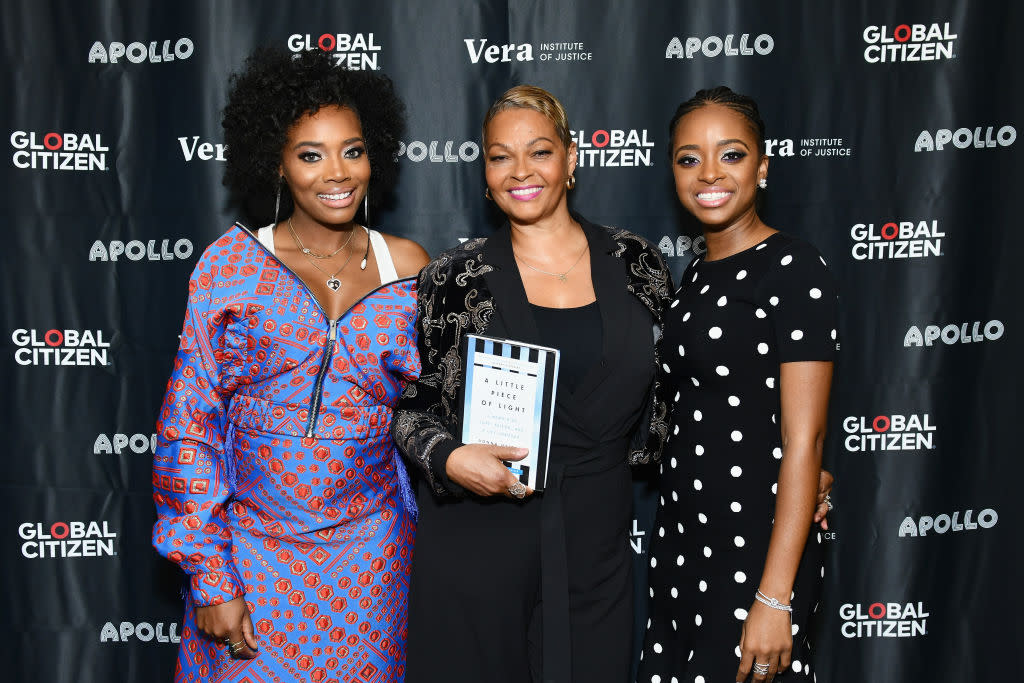How Miles Davis Got Funky and Weird With ‘On the Corner’

Miles Davis returned from a two-12 months recording hiatus with a different bold new plan. Correct to its title, On the Corner would concentration on the Black community’s street audio, a blend of R&B, soul and funk that was absent any identifiable jazz aesthetic.
Long gone was the neat improvisational wankery of outdated, replaced by the type of darkish, large grooves that could bring down tenement structures. On the Corner was intended to replicate the second, arriving on Oct. 11, 1972, as a variety of musical documentary of the seems read in a groaning cityscape.
But it was similarly unstructured, at the very least to the normal U.S. record buyer. “The band settled down into a deep African point, a deep African American groove,” Davis enthused in his autobiography, “with a large amount of emphasis on drums and rhythm – and not on specific solos.”
These solos would have been titanic. Following all, Davis had assembled a different all-star solid, such as Herbie Hancock, John McLaughlin, Chick Corea, Jack DeJohnette, Bennie Maupin and a stellar team of Indian players, amongst other folks. But the intention was to reconnect with an city sensibility, soon after decades of undertaking in advance of principally white jazz admirers.
Davis said “we are shedding youthful Black people today,” percussionist James Mtume later on remembered. “He reported I want to fuse the new music that would also draw them in. See, for some cause … if you are undertaking something common, it can be some sort of way more trivial. The factor is [Davis] wished to get to that, and he desired to deliver more young Black people today in – and which is what started off to transpire when On the Corner arrived out.”
Listen to the Title Keep track of From Miles Davis’ ‘On the Corner’
Enlisted enable also involved Paul Buckmaster, who’d develop into rock’s leading orchestral conductor just after work with Elton John, the Rolling Stones and David Bowie. A Davis enthusiast, Buckmaster inspired a further dive into the avant-garde tunes theories of Karlheinz Stockhausen, acknowledged for both of those his unconventional tune structures and the use of electronics in classical music.
Davis tailored all those tips with an Ornette Coleman-like focus on taking part in in the minute, with as several preconceptions as probable. Alongside the way, on the other hand, he finished up tossing apart lots of of Buckmaster’s original suggestions, merely working with his charts as commencing details. Davis and his producer Teo Macero instead oversaw sessions that unfolded with relentlessly repeating beats and figures often flowing with each other in location of discernible melodies.
At the time, nobody knew what to do with this – not traditional jazz followers, not R&B lovers, not even the guys in Davis’ band. Saxophonist Dave Liebman explained he arrived to obtain sessions that frankly “appeared to be rather chaotic and disorganized.”
The happenstance mother nature of his involvement was regular of what followed. Liebman was at a doctor’s business in Brooklyn when his mom bought in touch. She reported, “A person just identified as named Teo Macero, and he said arrive now to the studio [to] record with Miles Davis,” Liebman informed Nashville Scene in 2015. “I said, ‘What?’ I took place to have my soprano with me. It was total, absolute luck of the attract. That I’m even chatting to you now could be mainly because of that moment: I had my soprano.”
Liebman proceeded to just take the album’s initial solo, as portion of its multipart title track. He experienced no concept what he was executing: “That first solo is me seeking to come across my way to a crucial heart since I had no headphones,” Liebman claimed with a laugh. All of the electric powered instruments were plugged directly into the recording console and have been therefore inaudible. Liebman could hear only the drums. “I’m fumbling about to locate out it can be actually in E flat – and that was that track.”
Anything unfolded about only 3 times, with principal periods on June 1 and June 6, 1972, manufacturing a pair of winding vamps. The frankly thunderous “Black Satin” was recorded on June 7. Macero then started cutting and splicing the tapes to create concluded normally takes, while Davis added overdubs and numerous consequences – typically on keyboards, somewhat than trumpet. When he did perform his common instrument, Davis selected to operate it through a wah-wah.
Hear to Miles Davis’ ‘Black Satin’
Not that you would know likely in. The On the Corner protect showcased a stylized cartoon by Corky McCoy, but Davis intentionally remaining off any unique participant credits so that listeners would get there with open up ears. “I failed to put those names on On the Corner specially for that explanation, so now the critics have to say, ‘What’s this instrument, and what is actually this?” he claimed in Milestones: The New music and Moments of Miles Davis. “I am not even gonna place my image on albums any more. Pictures are dead, man. You close your eyes and you are there.”
Critics panned On the Corner, and listeners stayed away in droves. Davis blamed a misguided advertising technique by Columbia Data, which continue to framed him as a jazz artist. “Observing the way [Hancock’s funky fusion LP] Head Hunters offered just pissed me off even additional,” he explained in his autobiography.
Davis hardly ever made another totally shaped album idea in the ’70s and briefly retired prior to returning with a additional pop-focused sound. But one thing humorous took place together the way: On the Corner began to truly feel like a revolution. The LP’s multilayered approach, outlined by Macero’s head-bending mixing and matching, creates a proto-sample free of charge-form funk that would underpin hip-hop and electronica in the coming a long time.
After thought of as a flop, On the Corner might alternatively be the final fantastic expression of Davis’ frisky brain-established, in unique in the variety of “Black Satin.” The tips whiz by like site visitors from your entrance stoop, whilst a great deal of the LP avoids the kind of approachable themes that radio programmers typically need from common tunes. On the Corner was merely much too ahead-considering for that.
“I reported, ‘You know what? This motherfucker understood what he was performing,'” Liebman informed Nashville Scene. “I understood there was a strategy to the insanity — afterwards on, in searching again.”
Top 25 Soul Albums of the ’70s
You will find extra to the 10 years than Marvin Gaye and Stevie Ponder, but these legends are perfectly represented.







